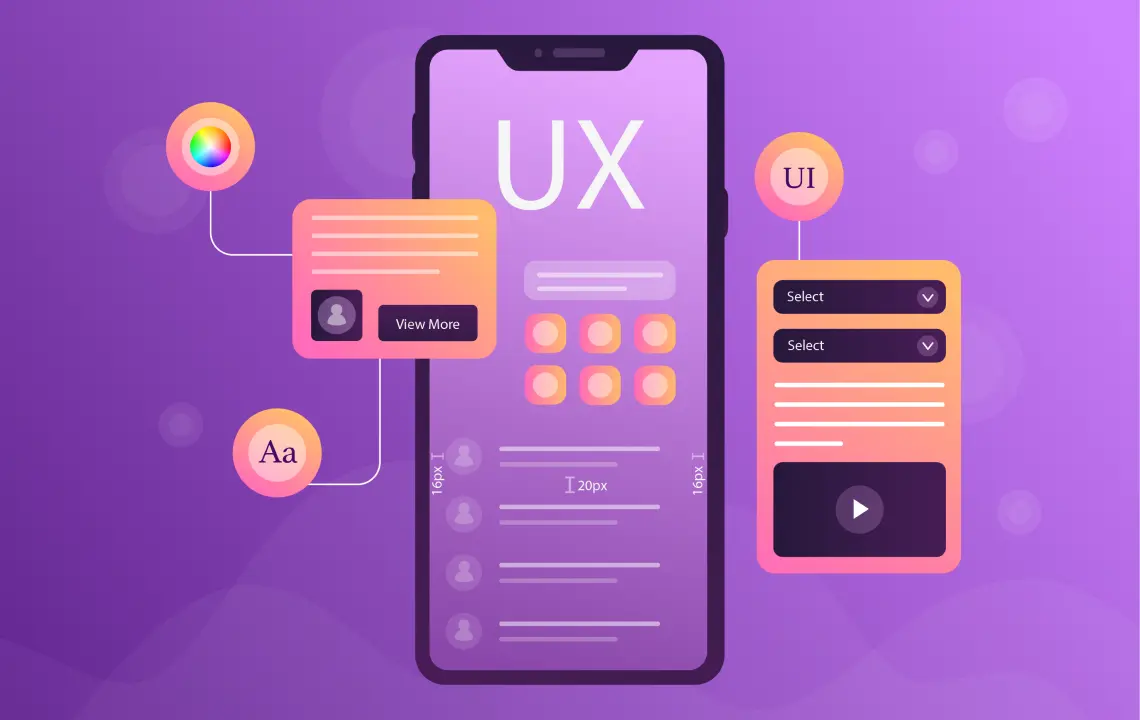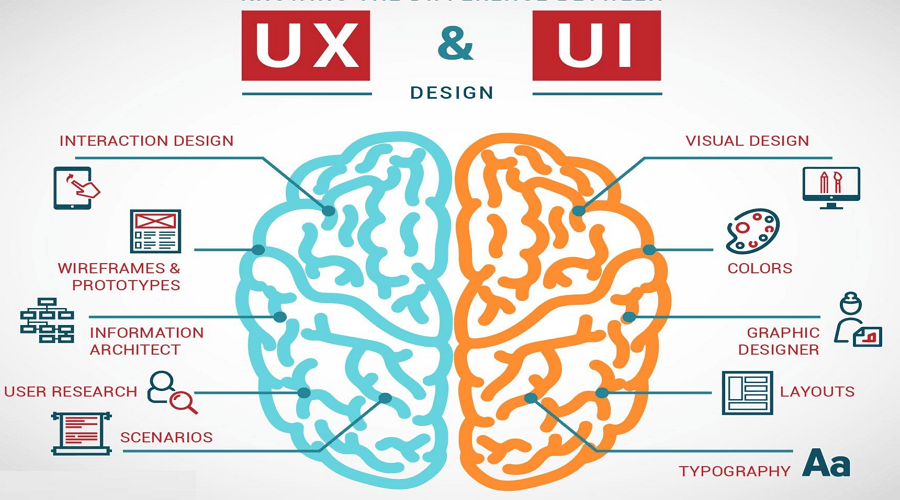
Mobile apps have become an important part of our daily lives because technology is always changing. They make it easy to access information, services, and fun. User Experience (UX) design has never been more important in mobile app creation than it is now, as the demand for new and easy-to-use apps keeps growing. Users have higher standards than ever before, so app developers need to realise that making apps that look good and are easy to use is no longer a nice-to-have, it’s a must. This piece talks about the many ways that User Experience design is important and how it affects the success and longevity of mobile apps.
First Impressions Matter:
The saying “first impressions are lasting impressions” holds true in the realm of mobile app development. Users decide within seconds whether to engage further with an app based on its initial interface. A well-crafted UX design ensures a visually appealing and welcoming first encounter, setting the stage for positive user interactions.
Enhanced Usability and Accessibility:

Effective UX design goes beyond aesthetics; it focuses on creating an app that is easy to navigate and accessible to users of all abilities. A user-centric approach involves understanding the target audience, considering diverse user needs, and implementing design elements that enhance usability. This inclusivity not only broadens the app’s user base but also aligns with ethical design practices.
Boosting User Retention:
Retaining users is as vital as acquiring them. A seamless and enjoyable user experience encourages users to stay engaged with an app, fostering loyalty and increasing the likelihood of them returning. By optimizing user flow, minimizing friction points, and continuously refining the user interface, developers can create an environment where users feel compelled to remain active participants.
Responsive Design for Various Devices:
With a myriad of devices available, including smartphones, tablets, and wearables, a successful mobile app must adapt to different screen sizes and resolutions. A well-executed UX design ensures responsiveness, guaranteeing a consistent and satisfying experience across diverse devices. This adaptability not only improves user satisfaction but also contributes to the app’s overall performance and market competitiveness.
Streamlined User Journeys:
Users who value simplicity and speed place a high value on streamlined user experiences. A good user experience (UX) design cuts down on steps that aren’t needed and makes the app easier to use across all of its features, from getting started to finishing a job. Making sure that every contact is smooth and easy is part of the plan to give users a pleasant and seamless experience. By making user trips more efficient, the design not only makes it easier to navigate, but it also makes users happier overall. It is more likely for users to get a lot out of an app if they can easily find their way around it. This encourages positive interactions and makes the app more useful.
User Engagement and Interactivity:

Engaging users through interactive elements is a hallmark of effective UX design. Incorporating features like gamification, personalized recommendations, and interactive interfaces not only captivates users but also encourages prolonged usage. By creating an app that users find enjoyable and interactive, developers can foster a deeper connection between the user and the application.
Monetization Opportunities:
User satisfaction is intrinsically linked to monetization success. Apps with positive user experiences are more likely to attract a loyal user base, increasing opportunities for revenue generation through in-app purchases, premium features, or advertising. By focusing on creating value and meeting user needs, developers can unlock the full potential for monetization without compromising user satisfaction.
Brand Perception and Trust:
The user experience is a direct reflection of a brand’s commitment to delivering quality and value. A well-designed app fosters a positive perception of the brand, instilling trust and credibility among users. Conversely, a poorly designed or frustrating user experience can harm a brand’s reputation and drive users away. Building trust through a seamless and enjoyable UX is a strategic investment that pays dividends in user loyalty and positive word-of-mouth referrals.
Global Reach and Localization:
In a connected world, mobile apps often target a global audience. Effective UX design includes considerations for cultural nuances, language preferences, and regional expectations. Localization efforts, such as translating content and adapting design elements, ensure that the app resonates with users from diverse backgrounds. This global approach not only expands the app’s reach but also demonstrates a commitment to inclusivity and user-centric design principles.
Competitive Advantage:
In a saturated app market, competition is fierce. A standout user experience can be a key differentiator that sets an app apart from competitors. Users are more likely to choose an app that not only meets their needs but also provides an enjoyable and intuitive experience. A positive UX becomes a valuable asset, attracting users and positioning the app as a leader in its category.
Embracing Emerging Technologies:

The landscape of mobile technology is constantly evolving, with new trends and technologies emerging regularly. A focus on UX design allows developers to seamlessly integrate and leverage these advancements. Whether incorporating augmented reality, voice recognition, or gesture-based controls, a user-centric approach ensures that the integration of new technologies enhances rather than hinders the overall user experience.
Conclusion:
User experience design is the linchpin of mobile app development, influencing every facet of an app’s success. From the initial encounter to long-term engagement, a thoughtfully crafted UX not only satisfies user expectations but also elevates the app above the competition. Developers who prioritize and invest in UX design are poised to create mobile applications that not only meet user needs but also stand the test of time in an ever-evolving digital landscape.


